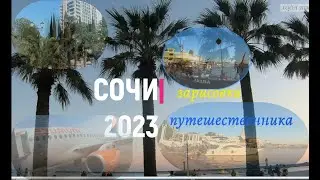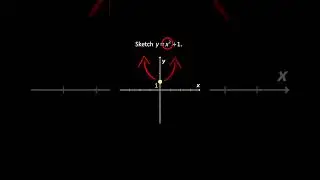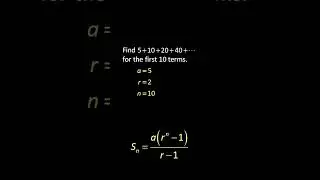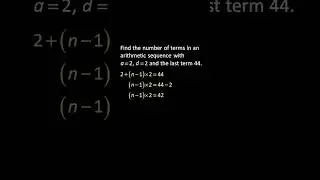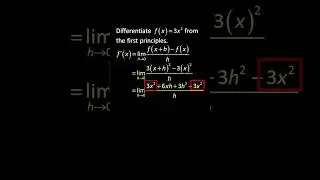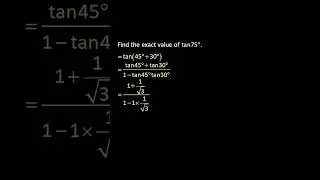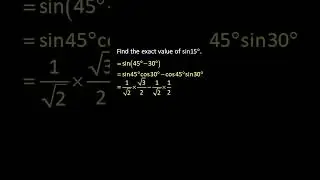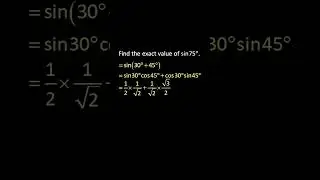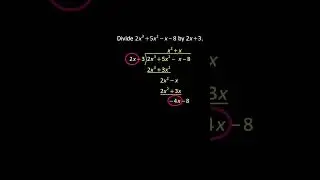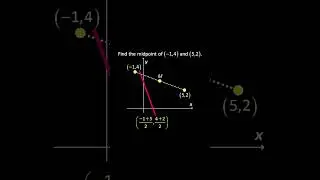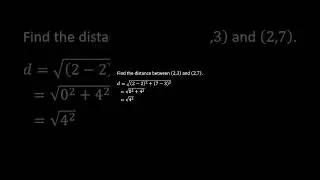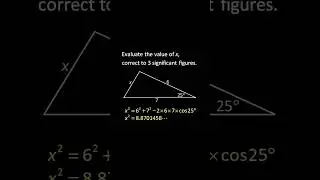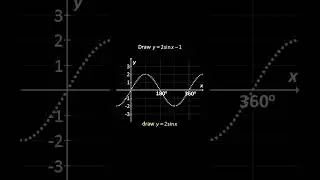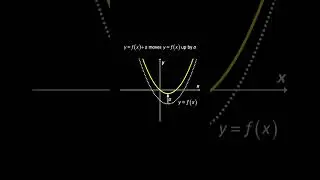💯 An Ultimate Guide to Imagery in Great Expectations by Charles Dickens. Watch this video!
📢 Receive Comprehensive Mathematics Practice Papers Weekly for FREE
Click this link to get: ▶️▶️▶️ https://iitutor.com/email-list/ ◀️◀️◀️
Analysing the Language of Imagery
We have looked at the visual language, where visuals communicate ideas, such as in plays and films, and learned the appropriate jargon and structure of those texts.
We will look at visual language as imagery, where certain words or techniques make you visualise a picture in your mind. We will look at examples from poetry and prose – short stories and novels – and examine the language techniques and the images they make.
Practice analysing these famous texts, finding the grammar and language techniques that have not been mentioned, and annotating them as you go. Do this BEFORE you attempt the questions.
• Imagery is a grouping word for any words or techniques which make you see a picture in your mind when you read or hear them.
• The image can be realistic or fantasy-based.
• Descriptive language is important when creating an interesting text.
Using Imagery in Prose
• We have already looked at a glossary of language techniques.
• We now must apply these to classic texts.
• Common techniques include:
Similes and metaphors
Onomatopoeia
Hyperbole
Personification
Great Expectations by Charles Dickens
• Great Expectation is a classic English novel written in 1860.
• It depicts the life of Pip, an orphan living in Victorian England.
• This scene describes Miss Havisham, a wealthy spinster who takes Pip on.
She was dressed in rich materials – satins, lace, and silks – all of the white. Her shoes were white.
And she had a long white veil dependent on her hair, and she had bridal flowers in her hair, but her hair was white.
• List techniques used to show her wealth and decadence. These fabrics have connotations of being nice to touch and feel.
• Repetition of white – the colour of brides and purity. White slowly turns to yellow as the passage continues, suggesting deterioration in old age.
Some bright jewels sparkled on her neck and hands, and some jewels lay sparkling on the table.
“She had not quite finished dressing, for she had but one shoe on – the other was on the table near her hand – her veil was but half arranged, her watch and chain were not put on…and with her handkerchief, and gloves, and some flowers, and a prayer-book, all confusedly heaped about the looking glass.”
• Listing technique showing the image is half complete: she is not totally dressed.
• Words such as “half” and “not” show the negative flipside of the beautiful image.
• The scene seems moth-eaten and spoiled.
“I saw that the bride within the bridal dress had withered like the dress, and like the flowers, and had no brightness left but the brightness of her sunken eyes.
I saw that the dress had been put upon the rounded figure of a young woman and that the figure upon which it now hung loose had shrunk to skin and bone. Once, I had been taken to see some ghastly waxwork at the fair…”
• First-person shows emotional involvement: this is personal and painful.
• White imagery contrasts the harsh reality of the old woman: withered and thin.
• Extending the imagery through memory and flashback.
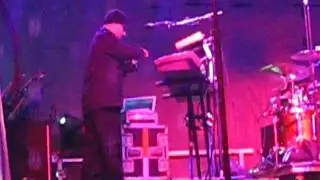


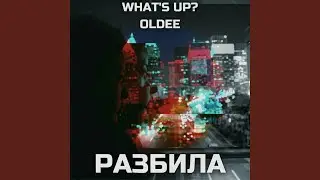
![mafia??? [gta in desc]](https://images.mixrolikus.cc/video/-YRyqGv_Bfs)


